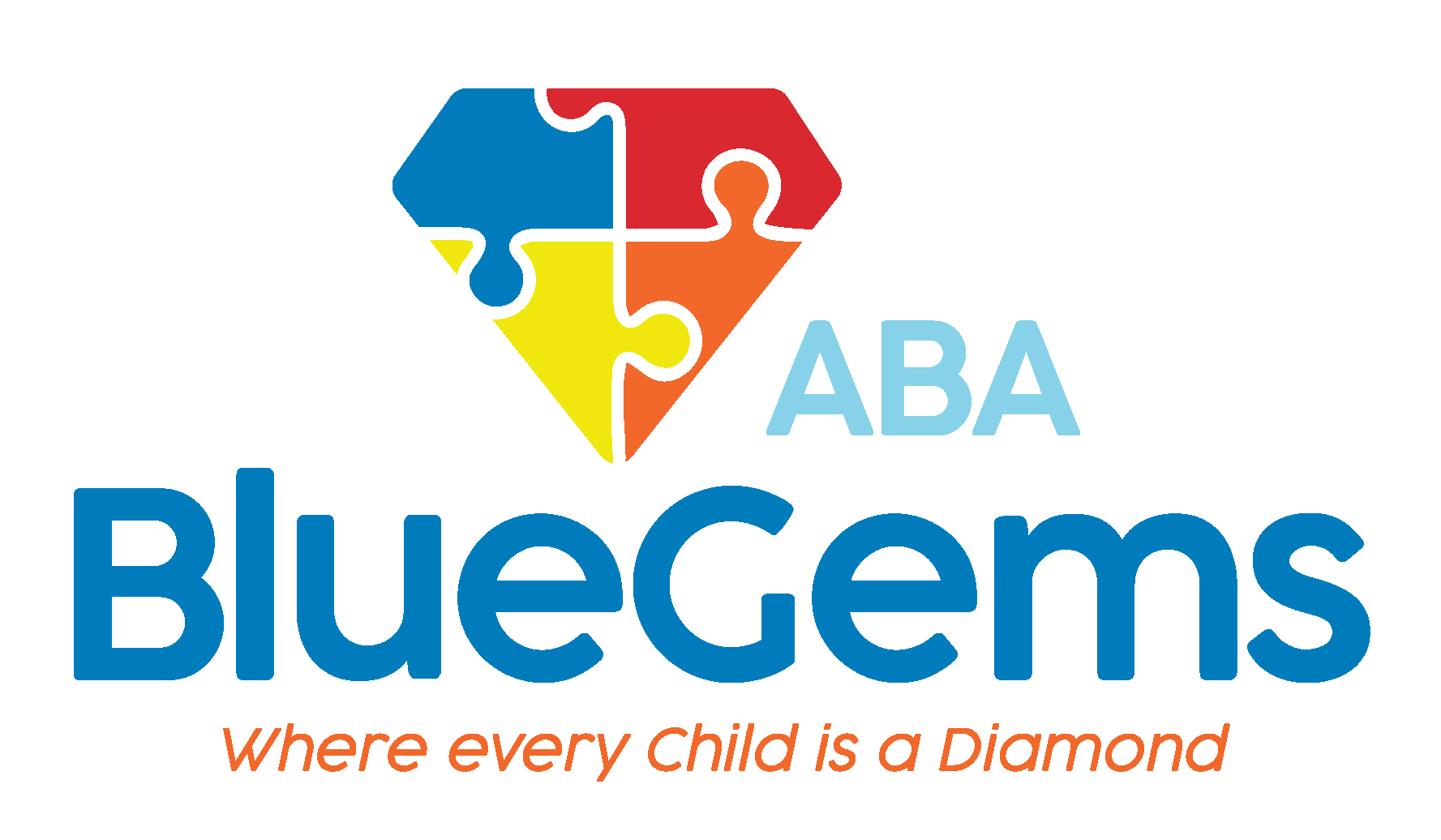Autism CAST Test
So much has changed in the last 25 years in regards to the diagnosis and treatment of autism spectrum disorder (ASD) for the good. Thanks to advanced research, healthcare professionals are now equipped with the knowledge and tools they need to diagnose children with autism more accurately than ever before.
Today, there are multiple earning screening tests that are used to help identify the common signs and symptoms of autism. If any of these signs are identified, a child may then be sent for further in-depth evaluation and a possible official diagnosis.
This early detection is extremely important, as research has also shown that the earlier treatments can be given, the better outcomes that children with autism have.
One of the screening tools that is commonly used by medical professionals is known as the Childhood Autism Spectrum Test, or CAST. Below, we’ll take a look at what this test entails as well as what happens following the test based on the results.
Table Of Contents
What is the CAST?
Developed in 2002, the CAST is a screening tool that’s used to help identify the early signs and symptoms of ASD. It was originally called the Childhood Asperger Syndrome Test, but the name was changed in 2013 when ASD was officially coined a term — which then wrapped Asperger’s syndrome into a larger umbrella with other neurodevelopmental disorders that shared similar symptoms such as autism.
The CAST has 39 questions that parents will answer about their child’s development. It can also be taken by a caregiver, teacher or other adult who has direct supervision over the child.
It’s designed to apply to children between 4 years old and 11 years old, and will examine any possible developmental differences they have with communication or social functioning that would be considered consistent with ASD.
Over the years, research has found the CAST to be particularly good at accurately identifying children who might have differences in development that would require further evaluation and possible intervention.
What Does the CAST Entail?
As mentioned, parents are often who will fill out the CAST, though teachers, caregivers or other supervising adults can do so as well. The test is often given to parents to fill out at their child’s well visits at the pediatrician’s office.
There are 39 questions on the test, and the responses for each are either yes or no. It does not take a lot of time to finish, as most people will be able to complete it within 10 to 15 minutes.
Some examples of the questions that are part of the CAST include …
- Is it important to him/her to fit in with the peer group?
- Does s/he join in playing games with other children easily?
- Was s/he speaking by 2 years old?
- Does s/he mostly have the same interests as his/her peers?
- Does s/he enjoy joking around?
- Does s/he play imaginatively with other children, and engage in role-play?
- Does s/he make normal eye contact?
- Does s/he have any unusual and repetitive movements?
- Does s/he try to impose routines on him/herself, or on others, in such a way that it causes problems?
What Happens When the CAST is Completed?
Once parents fill out the CAST, it will be given a score between 0 and 31. The higher the score is, the more developmental differences with communication and social functioning are present within the child.
Children who have a score of 0 through 11 are considered to be in a typical development range. Those with scores between 12 and 14 are considered to have moderate differences in development. Those with scores of 15 or higher are considered to have significant differences in development.
The results of the CAST don’t definitively state that a child does or does not have autism. Instead, it should be used by professionals to help guide potential further in-depth evaluation.
If your child has a store that’s between 12 and 14, the pediatrician might recommend further evaluation or just monitoring the ongoing development of the child — depending on their age. Scores in the significant range might result in the pediatrician suggesting further evaluation for a possible ASD diagnosis right away.
No matter what the results of the CAST are, it’s important to remember that it is not an indication that your child has autism. Instead, it is just one tool that’s used to help identify possible signs and symptoms early, so that proper early interventions such as applied behavioral analysis, or ABA therapy, can be integrated when needed.
Blue Gems ABA Evaluates and Treats Children with Autism
The CAST is one of many important tools that healthcare professionals can use to identify the potential signs and symptoms of ASD from an early age. This tool, and many others, are used by professionals to get children appropriate help and support from an early age based on their needs.
At Blue Gems ABA, we have a team of clinical psychologists who use tests and guidelines such as the CAST and the M-CHAT to evaluate children for autism and, when appropriate, give an official ASD diagnosis.
We also have a team of dedicated and experienced BCBAs who administer ABA therapy on a one-to-one basis, helping each patient to gain the communication, social and daily life skills with which they often struggle.
To learn more, please contact us today.




